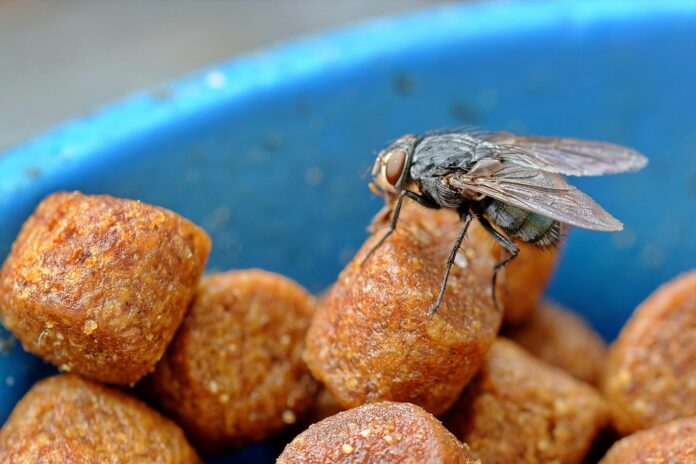Innovations in Cat Food Packaging Improve Freshness and Portion Control
The Importance of Cat Food Packaging
Cat food packaging plays a crucial role in maintaining the freshness and quality of the food while also providing convenient portion control for pet owners. Without proper packaging, cat food can spoil quickly, leading to potential health risks for cats and dissatisfaction for pet owners.
In recent years, there has been a significant increase in the demand for innovative cat food packaging solutions that not only keep the food fresh but also make it easier for pet owners to manage portion sizes and feeding schedules.
Industry Insights
The pet food industry is a booming market, with cat food being a significant segment of this industry. According to a report by Grand View Research, the global pet food market size was valued at $83.02 billion in 2020 and is expected to grow at a CAGR of 4.5% from 2021 to 2028. This growth is driven by factors such as the increasing adoption of pets, growing awareness about pet health, and the rise in disposable income among pet owners.
Innovations in cat food packaging are essential for pet food companies to stay competitive in this rapidly growing market. Companies are investing heavily in research and development to create packaging solutions that not only meet the needs of pet owners but also align with their sustainability goals.
Financial Data
Several major companies in the pet food industry have introduced innovative cat food packaging solutions to enhance freshness and portion control. For example, Nestle Purina PetCare Company reported net sales of $13.6 billion in 2020, with a significant portion of these sales coming from their cat food products.
Another key player in the industry, Mars Petcare, reported global sales of $18 billion in 2020, with a strong focus on developing sustainable packaging solutions for their pet food products. These companies are leading the way in adopting new technologies and materials to improve the quality of their cat food packaging.
Technological Innovations
One of the most significant technological innovations in cat food packaging is the use of modified atmosphere packaging (MAP) technology. MAP involves modifying the atmosphere inside the packaging to extend the shelf life of the food. This technology helps to reduce the oxygen levels inside the packaging, slowing down the oxidation process and preserving the freshness of the food for a longer period.
Another innovation in cat food packaging is the use of portion control packaging. Companies are introducing single-serve pouches and trays that contain pre-measured portions of cat food. This not only makes it easier for pet owners to feed their cats the right amount of food but also helps to prevent overfeeding and reduce food waste.
Sustainability Initiatives
In addition to improving freshness and portion control, pet food companies are also focusing on sustainability initiatives in their packaging solutions. Many companies are transitioning to recyclable and biodegradable materials for their packaging to reduce their environmental impact.
For example, Hill’s Pet Nutrition, a subsidiary of Colgate-Palmolive Company, has introduced packaging made from post-consumer recycled materials for their cat food products. This move aligns with their commitment to sustainability and reducing plastic waste.
Future Outlook
The future of cat food packaging looks promising, with continued advancements in technology and sustainability. Pet food companies will continue to invest in research and development to create packaging solutions that meet the evolving needs of pet owners while also reducing their environmental footprint.
As the pet food industry continues to grow, we can expect to see more innovative cat food packaging solutions that focus on freshness, portion control, and sustainability. These innovations will not only benefit pet owners and their furry companions but also contribute to a more sustainable future for our planet.




